What is a jewelry alloy and where is it used?
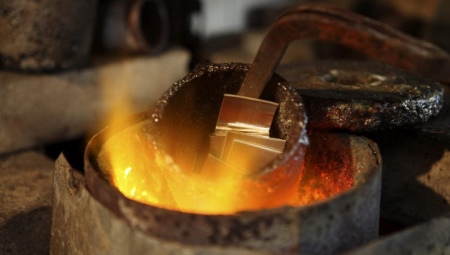
In modern society, more and more often you can find the concepts of "surgical steel" and "stainless steel". We are talking about high quality alloys, where the presence of precious metals is 40-30%. This material is also called a ligature. Alloys are distinguished from pure precious metals by high strength and resistance to environmental influences.
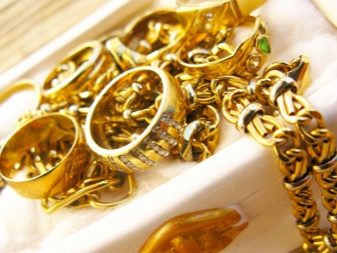
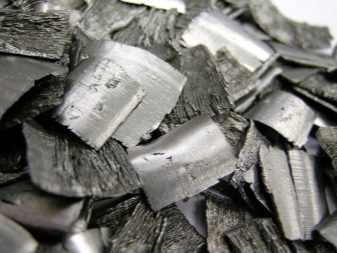
What it is?
The main component of expensive alloys are silver, gold or platinum (GOST 30649-99). Additional elements are zinc, copper, cadmium and palladium. As a rule, their percentage is small. Alloys with the addition of surgical steel, chromium and nickel are used for the manufacture of costume jewelry.
Alloys made from titanium... The composition is used for the manufacture of jewelry, which has a long service life and durability. However, their cost is quite high.
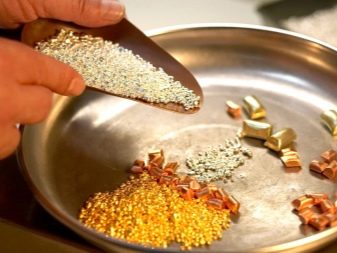
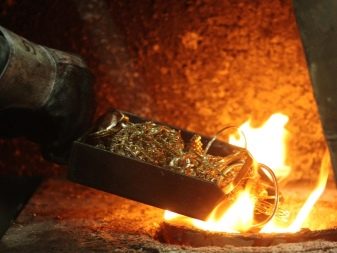
Where is it applied?
Hypoallergenic jewelry alloy is used in the manufacture of original and stylish jewelry. We are talking about rings, earrings, pendants, cufflinks and tiaras. Additional elements allow you to adjust the initial parameters of precious metals: color, hardness, ductility and strength. For example, the combination of gold and nickel gives jewelry a light, shiny hue. This combination produces white gold. As for non-precious alloys, two well-known variants are worth mentioning: cupronickel and nickel silver. They are often confused with noble silver. In addition to original jewelry, kitchen utensils, figurines, various figurines and cups are created from jewelry steel.
Gold leaf (thin layers) is often used by craftsmen to cover domes (church), frames for icons and pendant crosses.
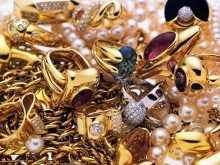
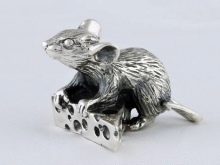
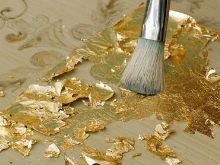
Advantages and disadvantages
The main advantages of jewelry steel, which is used to create jewelry, are the following characteristics:
- hypoallergenic;
- it is resistant to external factors;
- democratic cost;
- versatility - jewelry made of jewelry alloy is relevant for women and men of different ages.
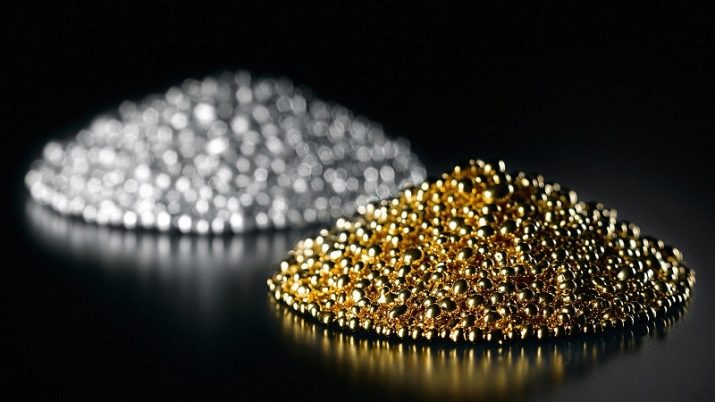
However, there are still drawbacks... For example, some jewelry, getting into an aggressive environment, darkens. Also, over time, products made from a hypoallergenic alloy wear out and break. Food vinegar, aggressive detergents and alcoholic beverages have a detrimental effect on jewelry alloy. It is not recommended to allow manganese to get on the products, as it is instantly "absorbed" and it is almost impossible to wash it off. Also, if the composition contains nickel, the risk of an allergic reaction increases.
Note that in the last century, many jewelers widely used jewelry alloy, which contained lead. Today this element is strictly prohibited. The reason lies in the negative impact of this metal on the human body.
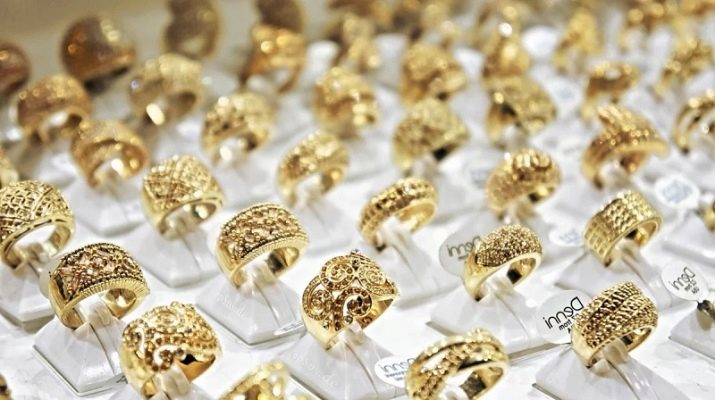
Varieties
In modern jewelry, there are several combinations that have certain characteristics and properties. The most popular are the following alloys.
- Silver... Argentum in its pure form is prone to oxidation and darkens over time. In this regard, jewelers often use combinations of silver with copper, aluminum and nickel for the manufacture of various products. With regard to samples, these alloys have the following hallmarks: 875, 960, 830 and 925. As a rule, most silver alloys tend to form deposits, so they are subjected to various types of processing.
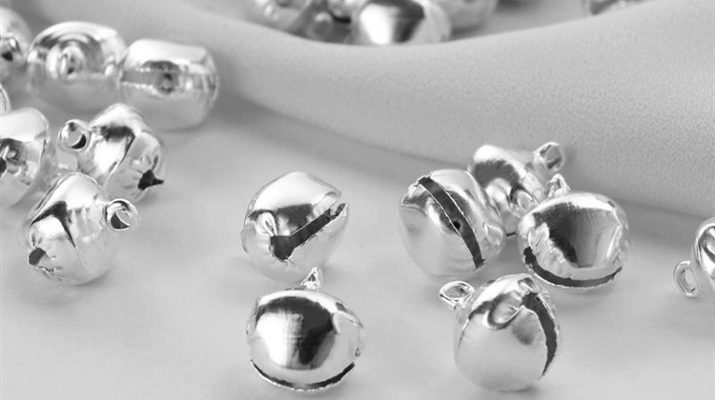
- Gold... This option is one of the most expensive and luxurious. The composition of such a material includes: gold, cadmium, nickel, zinc and platinum. Nickel and copper help the precious material gain high strength. Silver allows gold to acquire an amazing shine. Alloys with gold, gallium and aluminum have appeared in modern jewelry. These alloys have an original lilac or purple hue. Interspersed with silver allows you to purchase the product in a grayish tone. At high steel rates, blue gold is obtained. A reddish tint to the jewelry alloy is given by the "synthesis" of silver with cadmium. The most popular are the following tests: 585, 986 and 750. Gold alloys are distinguished by their presentable appearance, beautiful luster and durability.
Today, white, red and yellow alloys are very popular.
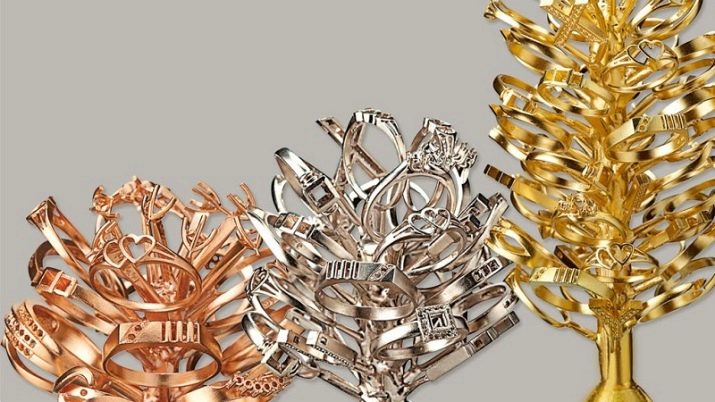
- Platinum... A luxurious option for those who appreciate a noble white shine. This composition is characterized by high plasticity and long service life. It contains rhodium, copper and cobalt. It is these inclusions that allow platinum to maintain a presentable appearance and strength for a long time. Products have samples: 850, 950 and 900.
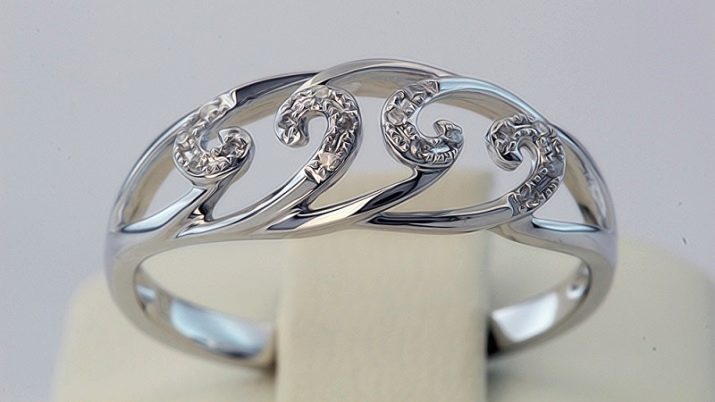
Caring for jewelry made of jewelry alloy can hardly be called difficult. Dit is enough to regularly wipe the products with a flannel or cotton cloth. To reduce the risk of jewelry breakage filmed before sports training and renovation work (especially during painting). It is undesirable to allow jewelry to come into contact with sea or chlorinated water.
Do not clean earrings and rings using aggressive detergents or liquids that contain acidic substances.... The easiest way is to cleanse with the usual chalk... It is enough to gently rub the product made of jewelry alloy, and remove the remnants with a damp cloth.
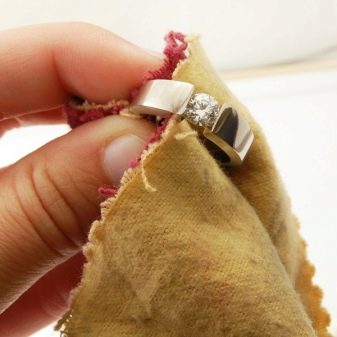
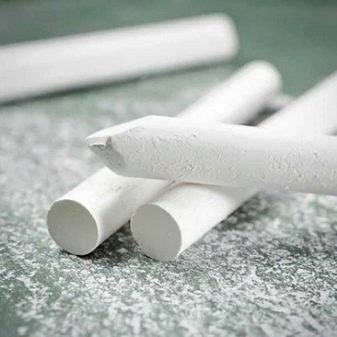
The following video provides more information on jewelry alloys.








